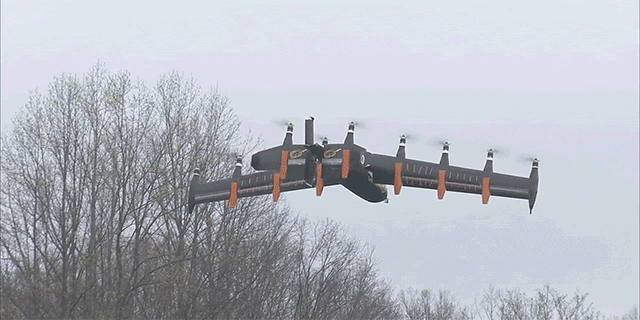Below are four unsettling if not unexpected paragraphs from an excellent report by Matthew Rosenberg and John Markoff of the New York Times about the American military’s transition from nuclear secrets to software codes, as billions spent on placing us on the bleeding edge of AI warfare are enabling weapons systems with automated capacity. A human is said to remain in the loop at all times, the machines unable to make their own decisions, but as other nations catch up in Artificial Intelligence as they have in traditional battle networks, will rational decisions still rule the day among numerous states with differing priorities, especially since fleets of such weapons will ultimately become relatively cheap and widely available?
For now, freestyle chess, which teams human and computers, is the model of the Department of Defense, a strategy it’s termed “centaur warfighting.” The future is far more cloudy. As the journalists write, “the debate within the military is no longer about whether to build autonomous weapons but how much independence to give them.”
An excerpt:
Almost unnoticed outside defense circles, the Pentagon has put artificial intelligence at the center of its strategy to maintain the United States’ position as the world’s dominant military power. It is spending billions of dollars to develop what it calls autonomous and semiautonomous weapons and to build an arsenal stocked with the kind of weaponry that until now has existed only in Hollywood movies and science fiction, raising alarm among scientists and activists concerned by the implications of a robot arms race.
The Defense Department is designing robotic fighter jets that would fly into combat alongside manned aircraft. It has tested missiles that can decide what to attack, and it has built ships that can hunt for enemy submarines, stalking those it finds over thousands of miles, without any help from humans.
“If Stanley Kubrick directed Dr. Strangelove again, it would be about the issue of autonomous weapons,” said Michael Schrage, a research fellow at the Massachusetts Institute of Technology Sloan School of Management.
Defense officials say the weapons are needed for the United States to maintain its military edge over China, Russia and other rivals, who are also pouring money into similar research (as are allies, such as Britain and Israel). The Pentagon’s latest budget outlined $18 billion to be spent over three years on technologies that included those needed for autonomous weapons.•
Tags: John Markoff, Matthew Rosenberg


